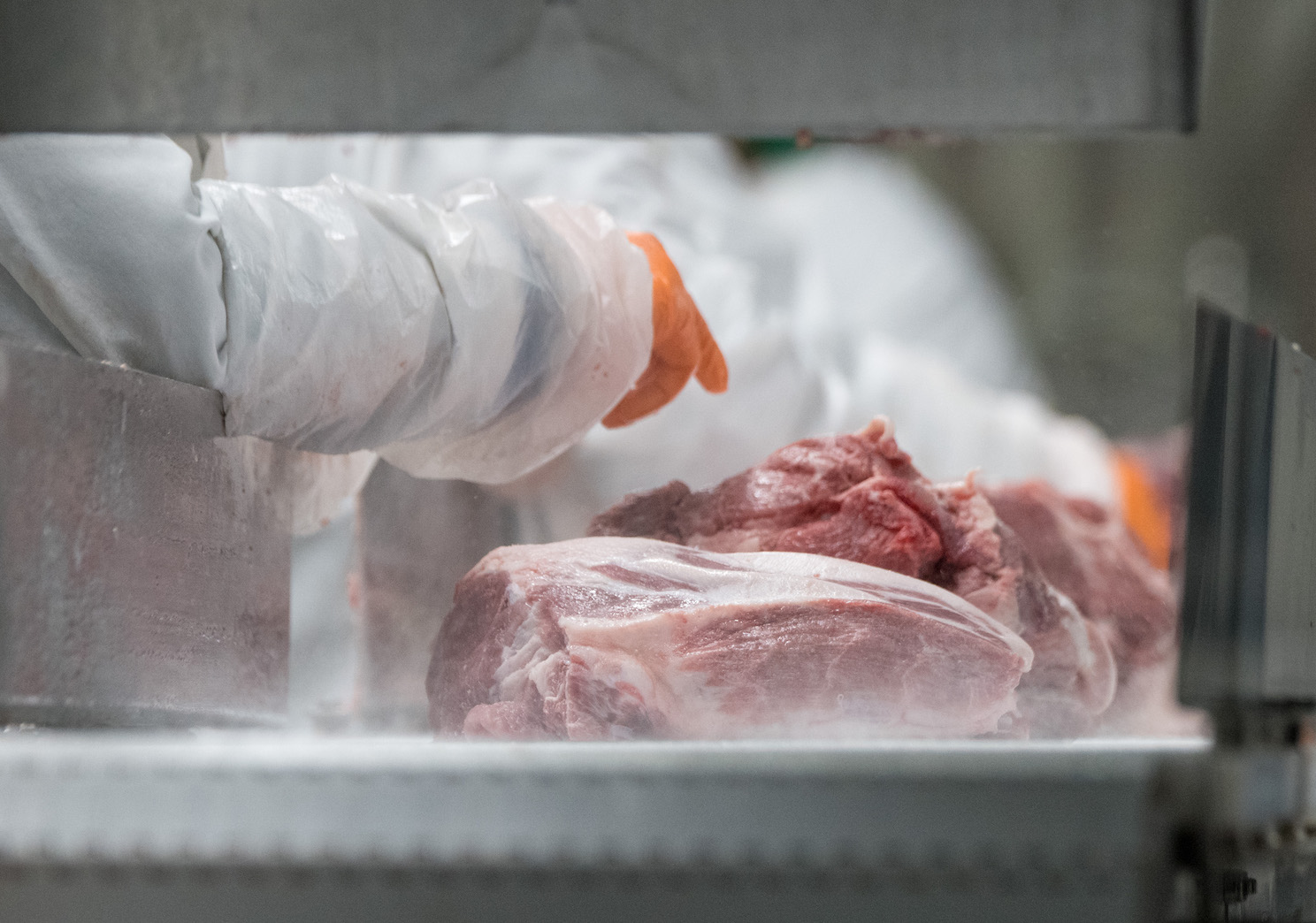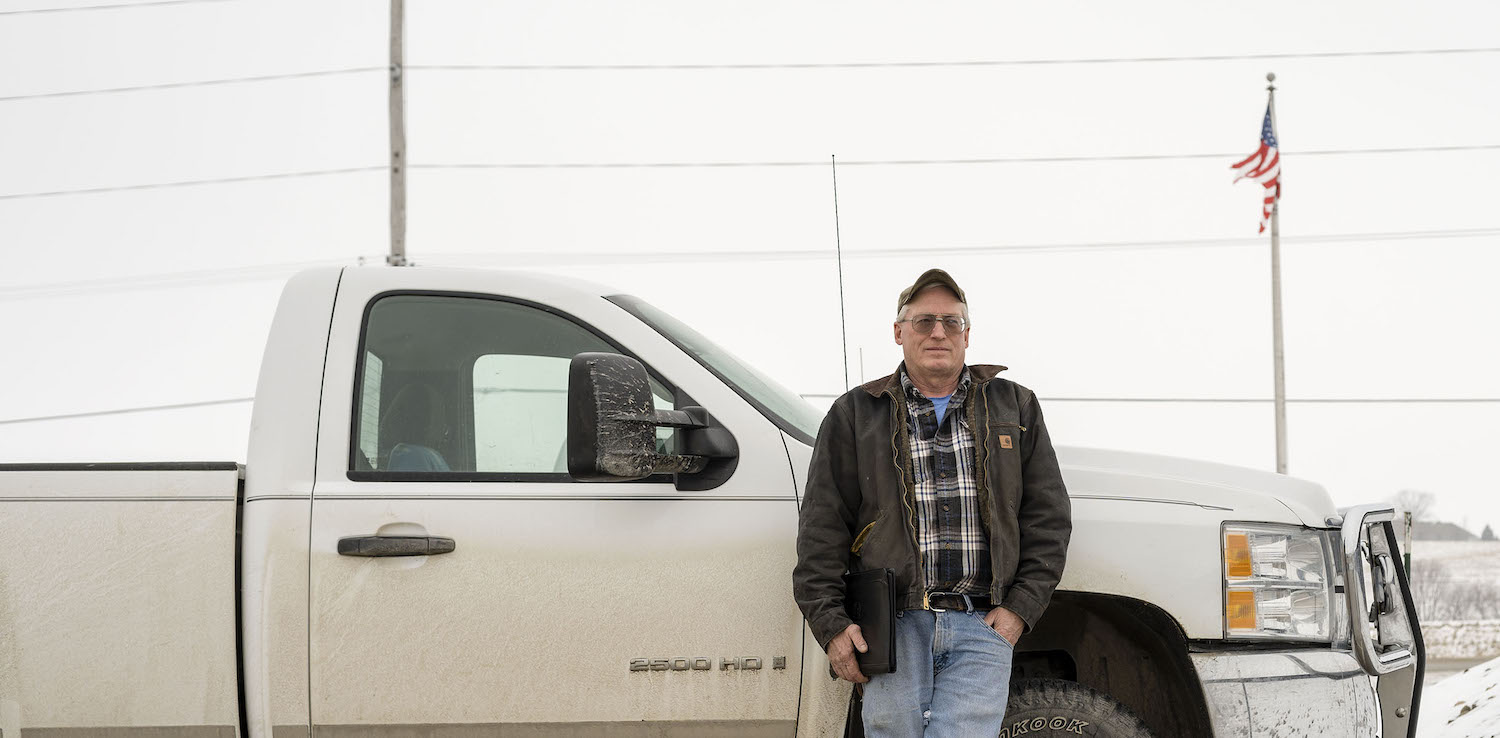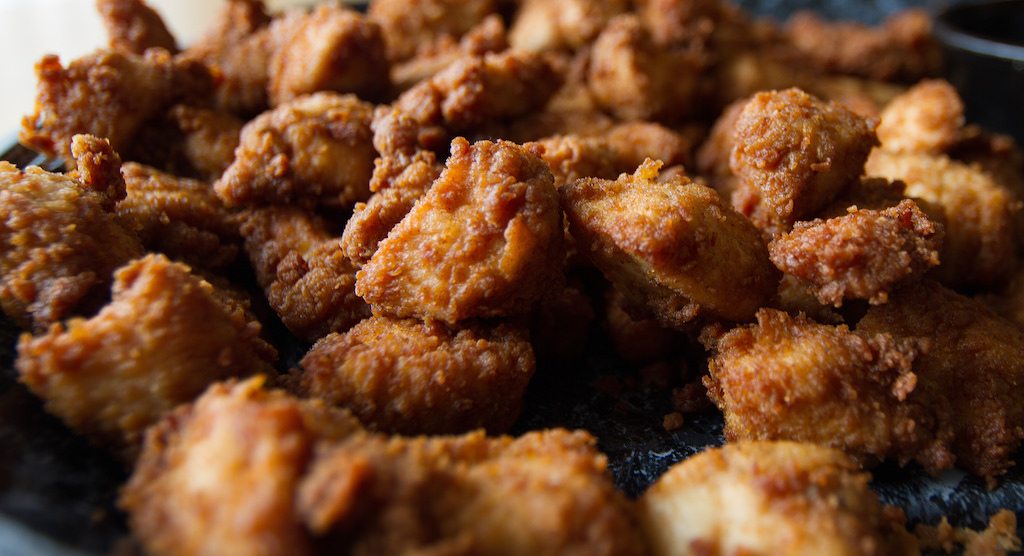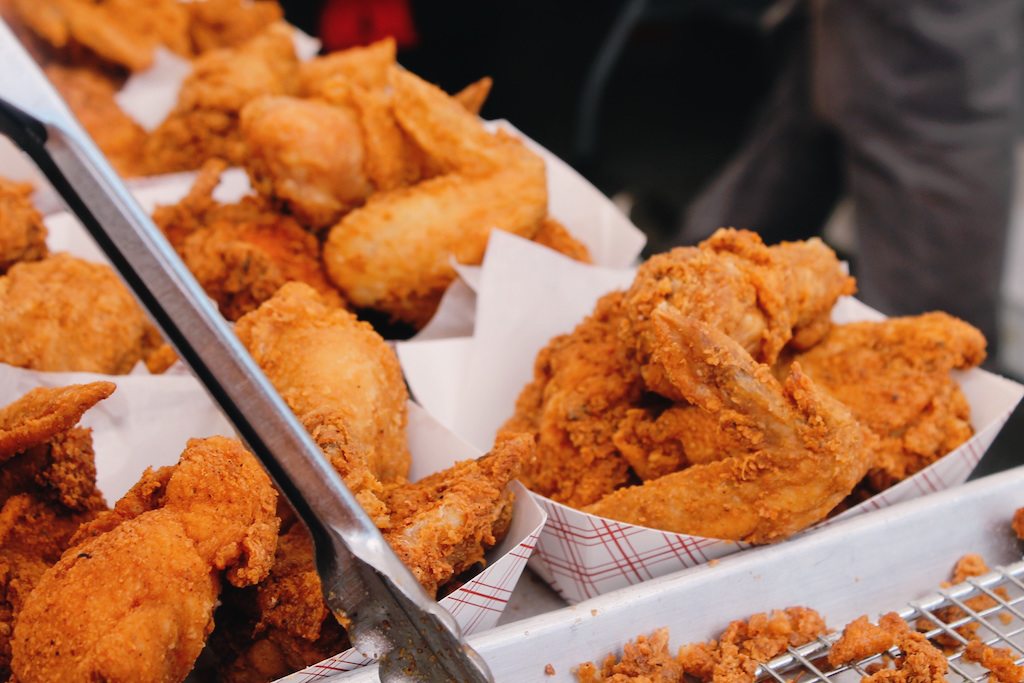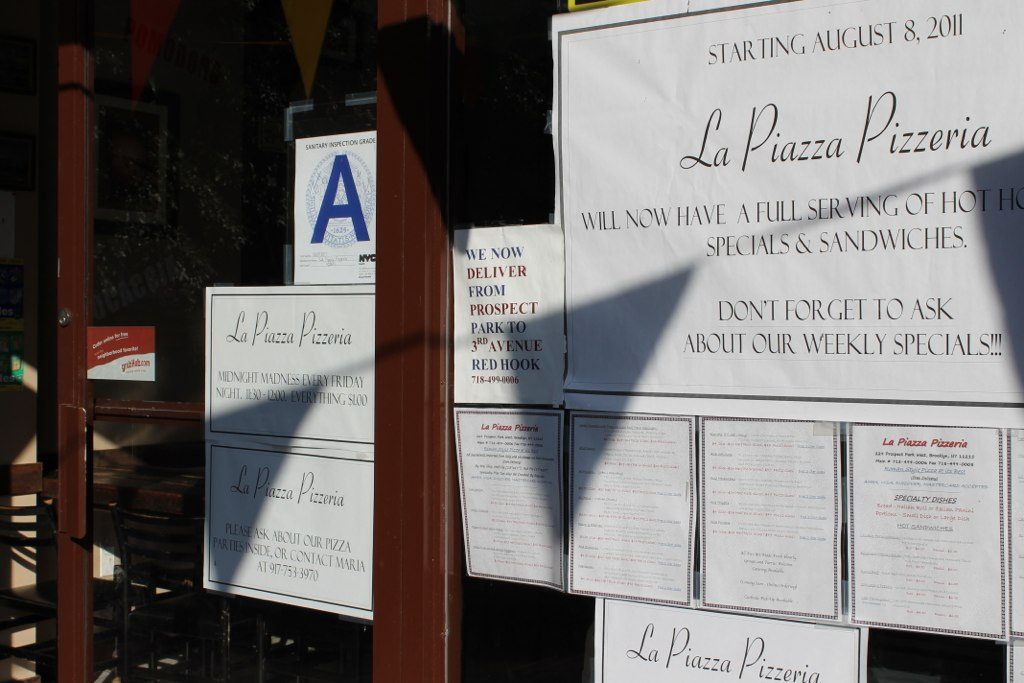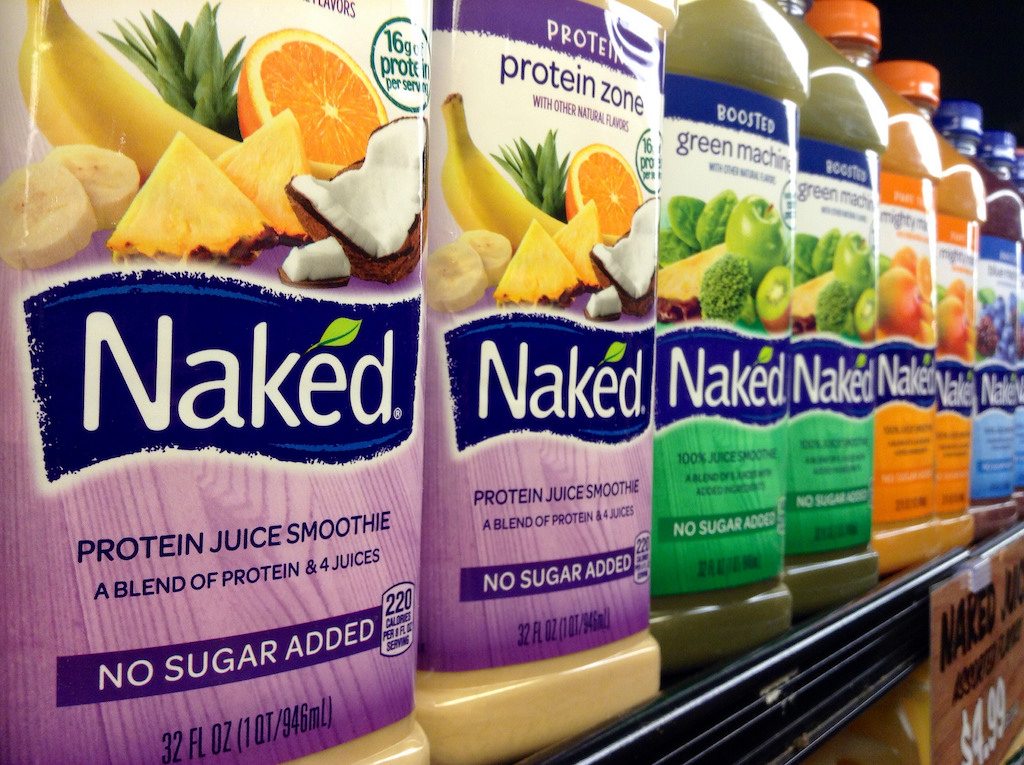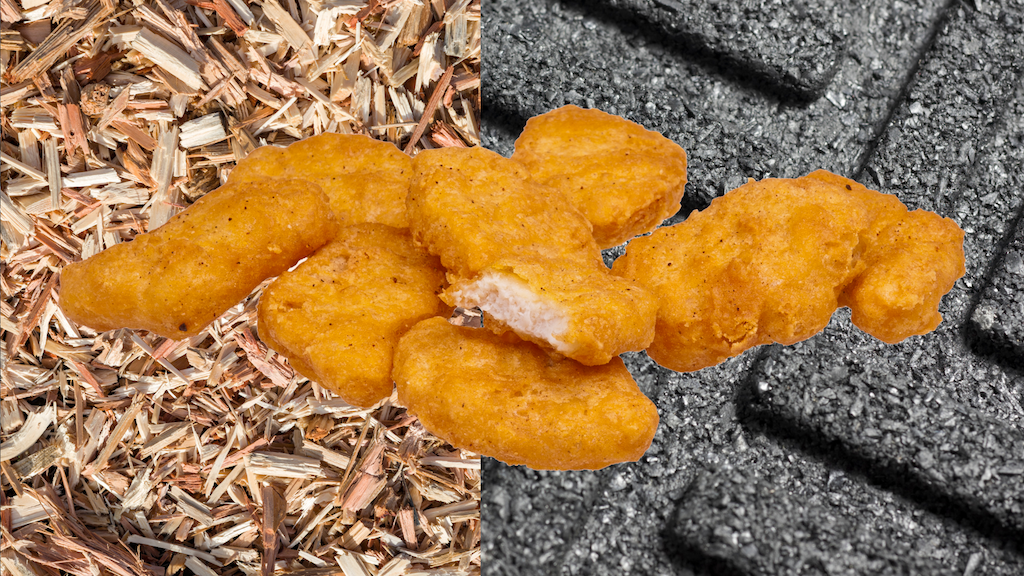Tyson Foods has reached a $1-million settlement with the federal government after the meat giant alleged that a Department of Agriculture (USDA) inspector lied about her work and forced the company to throw out thousands of pig carcasses.
“This was an unfortunate situation and we appreciate the USDA for working with us to address our losses,” a Tyson spokesman told The New Food Economy.
Tyson is a titan of the food industry, pulling in over $40 billion in annual revenue. The Springdale, Arkansas, meatpacker slaughters more chickens and cattle than any other American company, employing 121,000 people at over 120 plants and offices. It’s responsible for 20 percent of all beef, pork and chicken produced in America, including McDonald’s chicken nuggets and Walmart’s ground beef, according to the Wall Street Journal. (Pork isn’t its main business.)
In May, the company sued the United States, claiming that a USDA veterinarian, Yolanda Thompson, had signed inspection certificates for 4,622 slaughtered hogs at its Storm Lake, Iowa, plant on March 26, 2018. The company claimed that video footage showed Thompson hadn’t entered the plant that day, and in fact, signed those forms in her car.
Federal meat inspectors are required to visually inspect animal carcasses, to make sure they’re safe to eat.
By the time plant officials found out, it was too late to remove the pigs from production. Unable to separate them, the company said it was forced to destroy around 8,000 hog carcasses. In its complaint, it sought over $2.48 million in damages, including $1.85 million for destroyed carcasses, and $315,000 in cancelled sales.
That’s a lot of pigs, though only a fraction of the 21 million that Tyson processes every year, according to company data. As the Trump administration pursues a plan to privatize meat inspection, federal meat inspectors say they’re already understaffed, and don’t have the ability to do their jobs.
A nine-month investigation found that in some USDA districts, one in seven federal meat and poultry inspector positions were vacant, at a total of nearly 700 nationwide. That shortage forces some inspectors to cover double and triple the number of plants for which they’re normally scheduled.
The situation is particularly bad in the Des Moines district, where Thompson works, with a 17 percent vacancy rate for inspectors in March. Multiple inspectors in that region said they’d been pushed into overtime, with at least one reporting consecutive 70-hour work weeks.
At the time of the alleged falsification, Thompson’s normal assignment was a nearby turkey plant. She’d been assigned extra shifts at Tyson to cover the short staffing, according to a union rep.
“Establishments continue to produce products that are bought and consumed by Americans with the USDA seal when, in reality, little to no inspection has occurred at all,” a veteran inspector in Nebraska wrote last year. “I don’t feel like I’m crying wolf here. I’ve been in this agency for a long time, seen the best of the best and the worst of the worst. How we are protecting the consumer right now is lacking.”
The department has denied that there’s an inspector shortage, and claimed that 100 percent of all carcasses in USDA-certified plants are inspected.
Whether that figure includes the hogs in the Storm Lake plant isn’t clear. The department still has not conceded it’s at fault.
